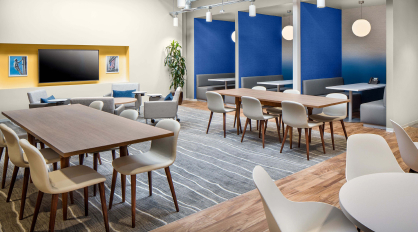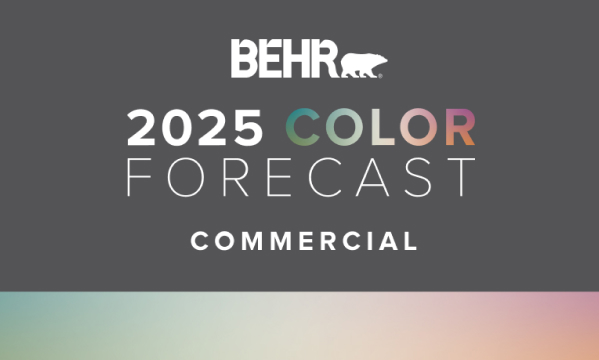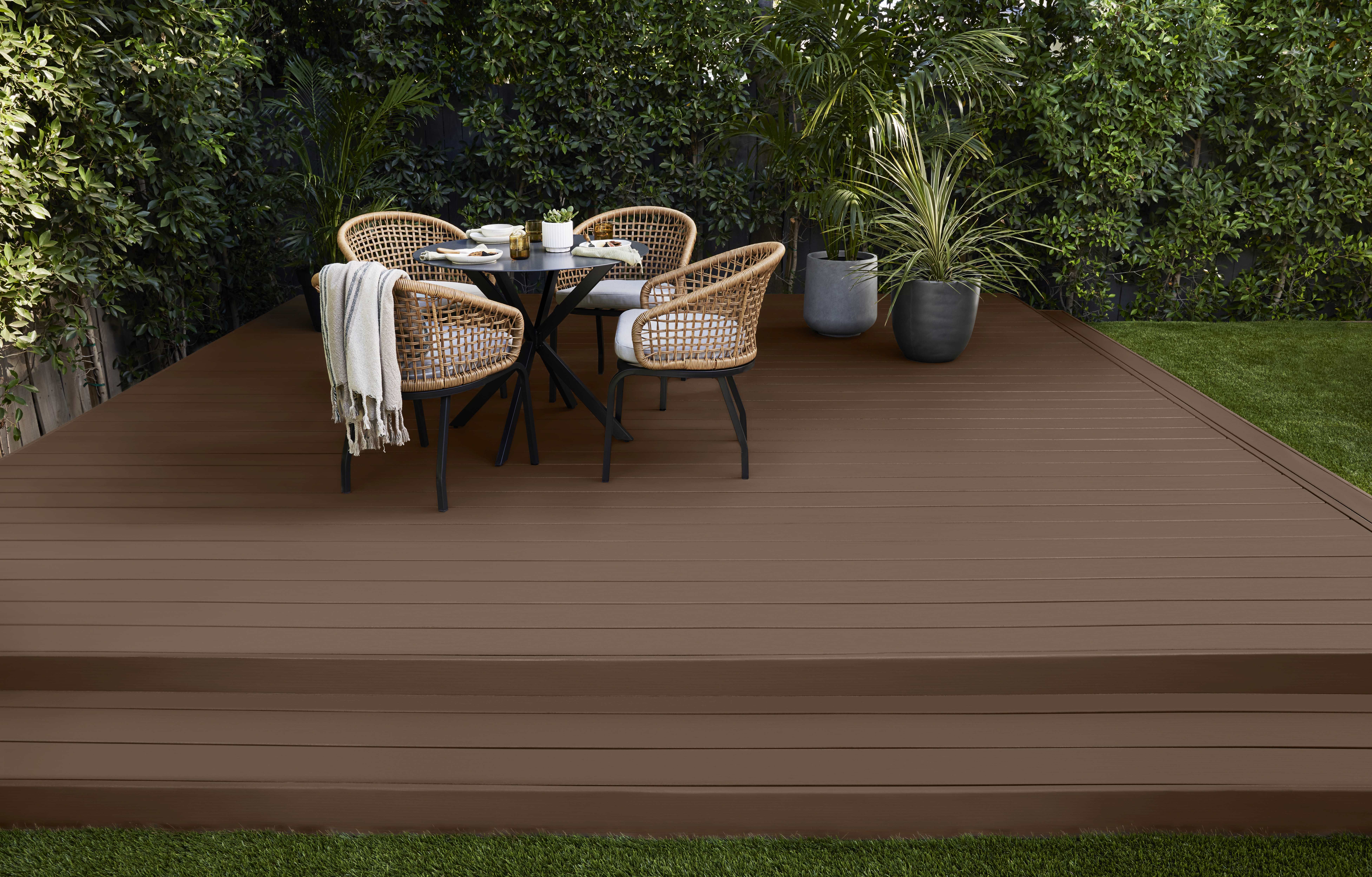- Nationwide, the average rent for apartments is $2,016 per month.
- The current median rent is 77.1% higher than in 2020.
- 35% of households live in rental properties.
- During the last 10 years, rental rates have increased 31%.
- 41% of renters spend more than 35% of their income on rent.
- Renters 30 years old and younger live in 49% of renter-occupied units.
Source: iPropertyManagement
As many property owners and managers know, the multi-family rental industry has its ups, its downs and everywhere-in-betweens. While there was speculation about future rent hikes in late 2020/early 2021, few expected the number of renters to increase by an astounding 870,000, for a total of 44 million in 2022 as reported in America’s Rental Housing 2022 by the Joint Center for Housing Studies of Harvard University. Combined with COVID’s effect on the economy, the U.S. rental vacancy rate dropped to 5.8% — the lowest since the mid-’80s. And there’s only one thing that happens when low inventory meets high demand: rents soar!
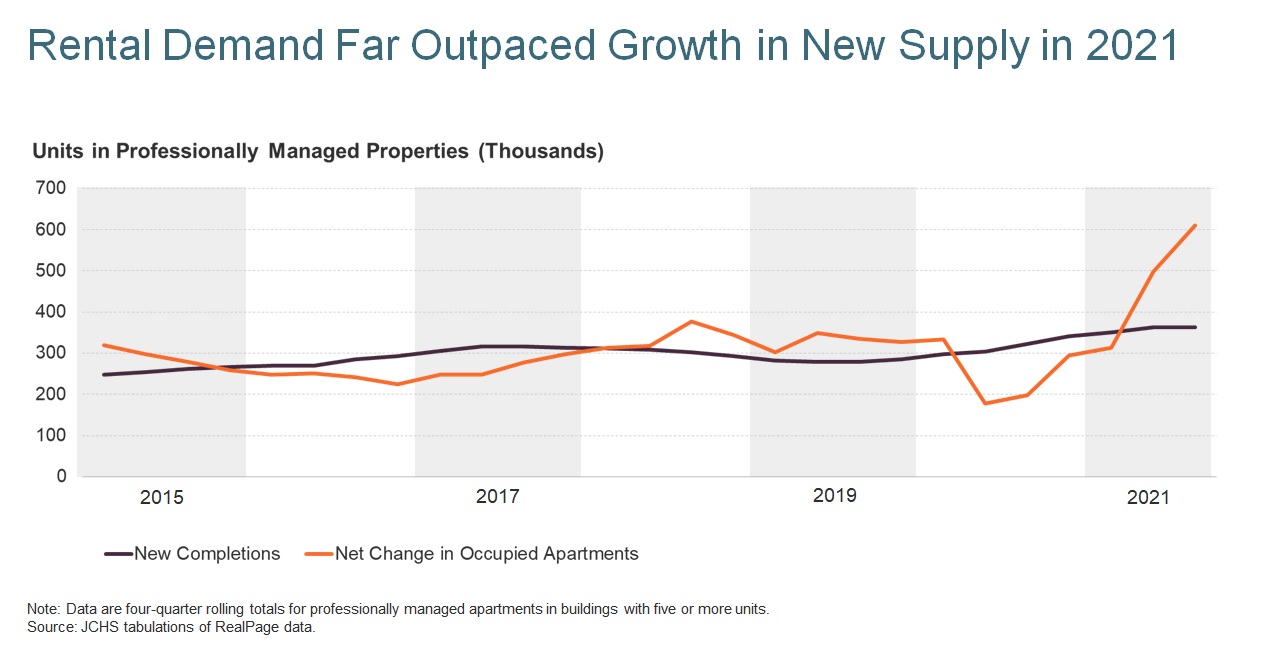
Despite this, interest in rental housing remains the highest it’s ever been, which is great news for property owners and managers. The question is: How long will this last? While the number of renters will continue to grow, the construction industry is in high gear, building multi-family properties at a record-breaking pace that is anticipated to continue. With 423,000 new apartments built in 2021 and approximately 420,000 expected this year as estimated by RentCafe®, this much-needed supply is anticipated to lower rental prices.
Today’s renters comprise more than a third of all U.S. households and are driven by a range of diverse, generation-specific wants and needs. Whether they’re in their 20s, 40s, 50s or 70s, they are all drawn to communities that cultivate a sense of “home” – namely, an environment that reflects resident’s personality, style and values. In a word: Color. Yet, of course, each generation has its own, distinct palette of hues, so if you want to attract a specific demographic, it’s time to toss out “landlord off-white” and breathe life into your communities. Doing so will pay off with happy, long-term residents!
Generations in Color
Generation Z (1997-2012)
We begin with Generation Z, which is not only the youngest and most diverse age group but is positioned to surpass Millennials and become the largest generation, as well. While younger members have a few years until they go out on their own, older Gen Zs are in college or have graduated and are increasing their presence in the workforce. They are actively seeking a space they can call their own — and they’re motivated. RentCafe® analyzed more than 3 million tenant applications from 2020, discovering that 22% of candidates were born after 1997. They are educated, fiscally responsible consumers who know what they want and how to get it, which is why Gen Z holds the second-largest share of the rental market.
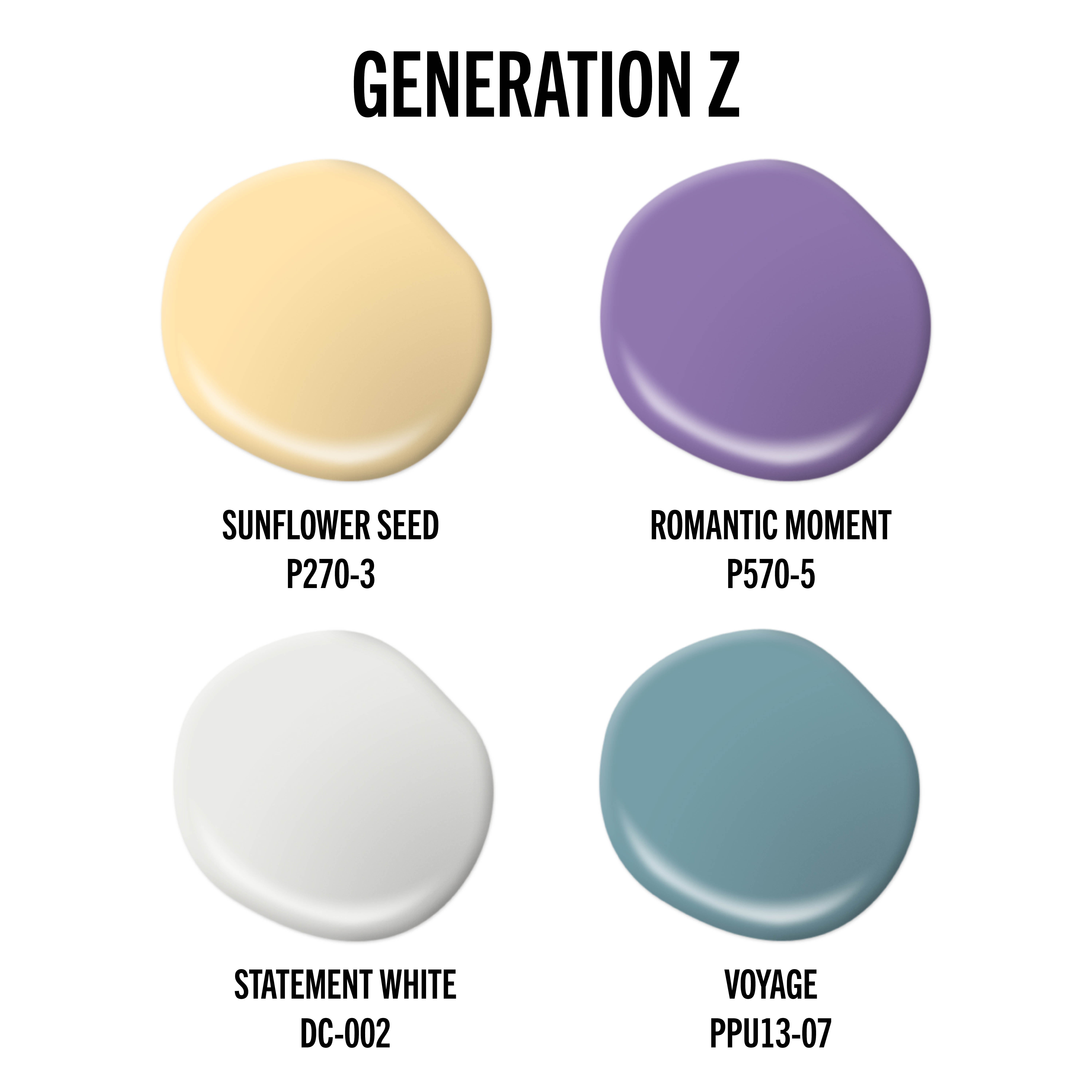
When it comes to color, Gen Z’s signature shades are reflected in two breathtaking hues:
- Gen Z Yellow — A confident range of sunshine-imbued hues — Gen Z Yellow symbolizes positivity, hope and the desire for change. With its youthful and warm feel, it exudes individuality, creativity and optimism. Consider Sunflower Seed P270-3 for a fun burst of color.
- Gen Z Purple — Introduced just after Gen Z Yellow, Gen Z Purple appeared, turning heads everywhere and signifying a world full of fresh possibilities. Purple symbolizes high creativity and intuition, as well as otherworldliness and mysticism, which go in hand with Gen Z’s interest in astrology and solidarity. We love the bright and bold Romantic Moment P570-5 to make a splash.
When choosing color palettes for your Gen Z-focused property, here are some thoughts:
- Gen Z prefers a wide range of colors, including variations of yellow, purple, orange and pink.
- If your property is in an area bursting with outdoor activities, muted, mid-tone yellow, beige/brown, red, gray, orange and greens that mirror the natural colors of the Earth will resonate with active Gen Zers.
- For a more neutral-leaning look, pairing off-white, gray or silver neutrals like Statement White DC-002 with subdued greens and blues like Voyage PPU13-07 create spaces that are both subtle and appealing.
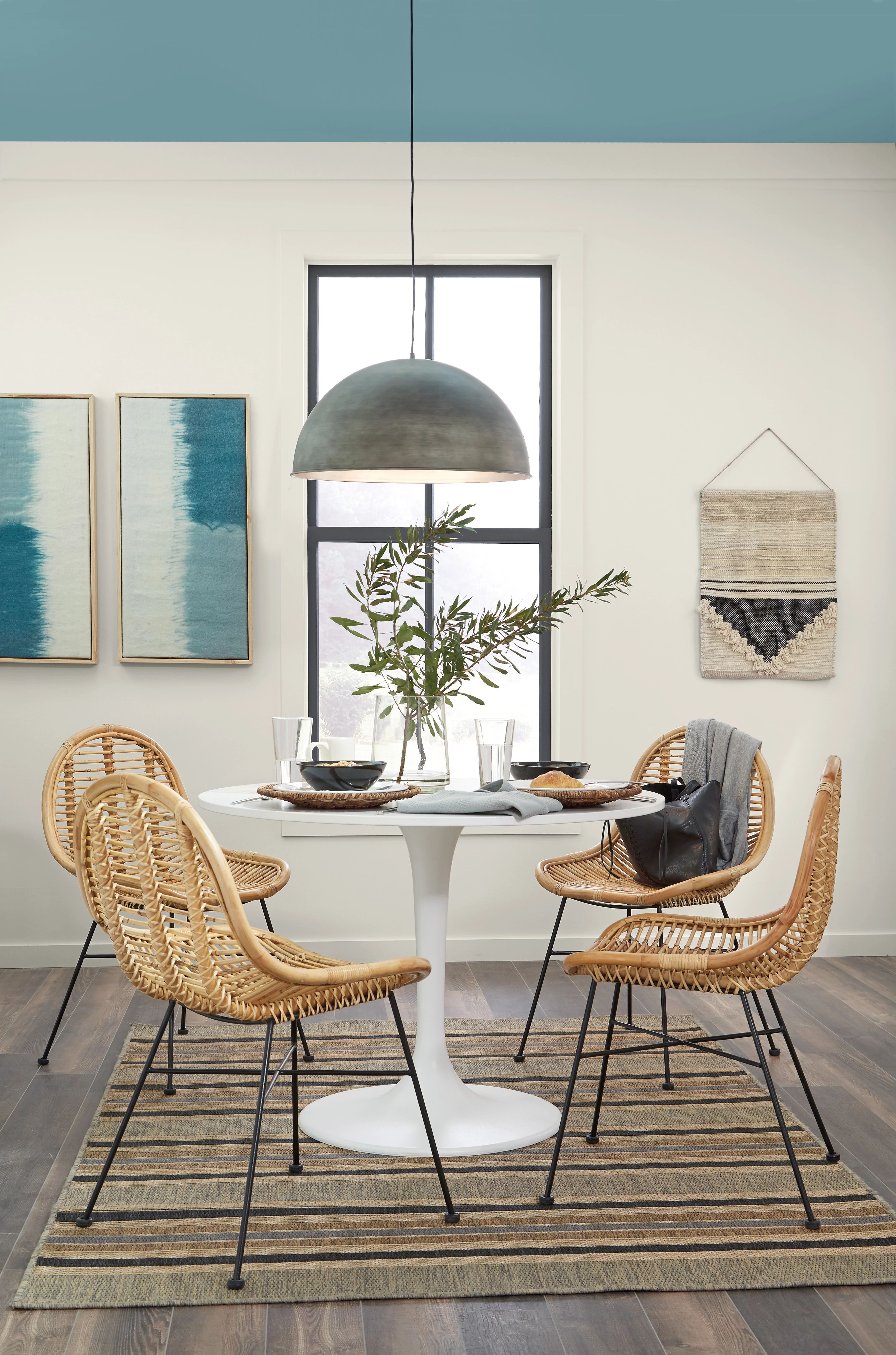
Ceiling: Voyage PPU13-07
As Gen Z continues to mature, its taste and influence in fashion, design and décor will expand. While many designers are still trying to pin down this group’s color preferences, there’s a high probability that Gen Z will include orange, yellow, and purple.
Generation Y – the “Millennials” (1981–1996)
At the moment, Millennials not only represent the largest age group in the U.S (73.2 million) but the highest global population (1.8 billion). They are a lively and confident cohort and, with instant access to information, they quickly construct their opinions and do not hesitate to share their views.
Unlike older renters, many Millennials have yet to buy their first home. There are several reasons: the confluence of student loans and the COVID-19 pandemic’s effect on finances; preference for the flexibility and freedom of renting, or the task of deciding for themselves if home ownership is a necessity or just an option.
Millennials, fully emerged in the working world, make up 40% of U.S. renters, and this vibrant faction avoids anything that reflects previous generations. Rather, they take design inspiration from their own experiences; explore global creativity; and look to their friends, social media and high-profile influencers.
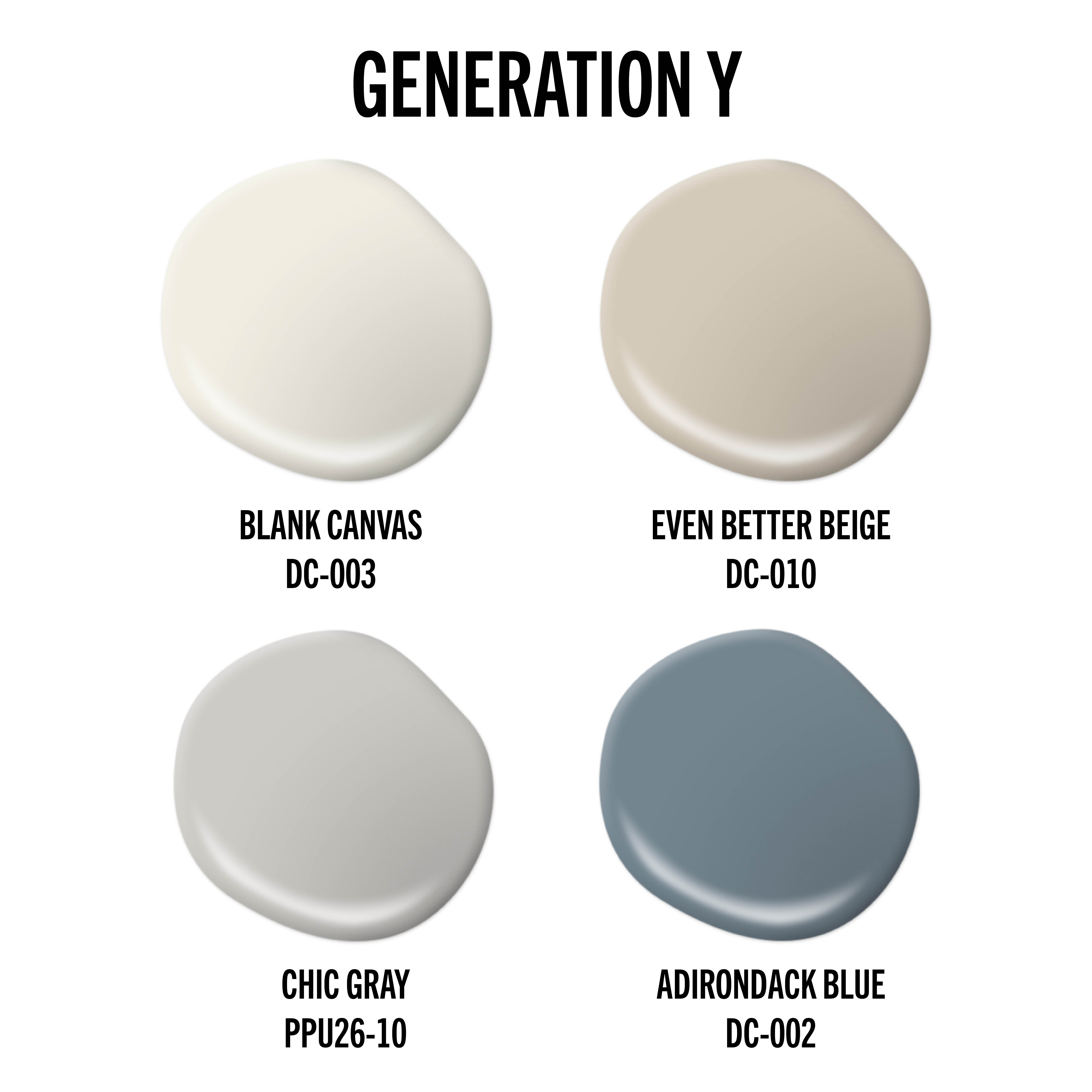
In a movement to embrace minimalism, Millennials lean heavily toward neutral colors — from soft and whitewash grays, to comforting creams and pale neutrals. Now, that doesn’t mean that they don’t LOVE color. Consider these color themes:
- Capture lightning in a bottle by mixing an eclectic palette of minty greens, icy blues and modern whites — like Blank Canvas DC-003 — with earthy browns, oranges and reds, set against pale neutrals such as Even Better Beige DC-010.
- Blend subdued neutrals with chilly accents to establish an understated vibe, providing a welcoming retreat from life’s frenetic pace. Consider light grays like Chic Gray PPU26-10 with blue or lilac undertones like Adirondack Blue N480-5, mid-tone browns, dark grays and even a touch of black.
- If either of those feel too extreme, set bold yet muted, accent colors such as a mid-tone yellow, brown, blue, green or purple against gray or white neutrals for a classic, yet contemporary, look. To see a complete list of Behr Paint Company’s top white, neutral and accent colors, view the tried-and-true BEHR® DESIGNER COLLECTION color palette here.
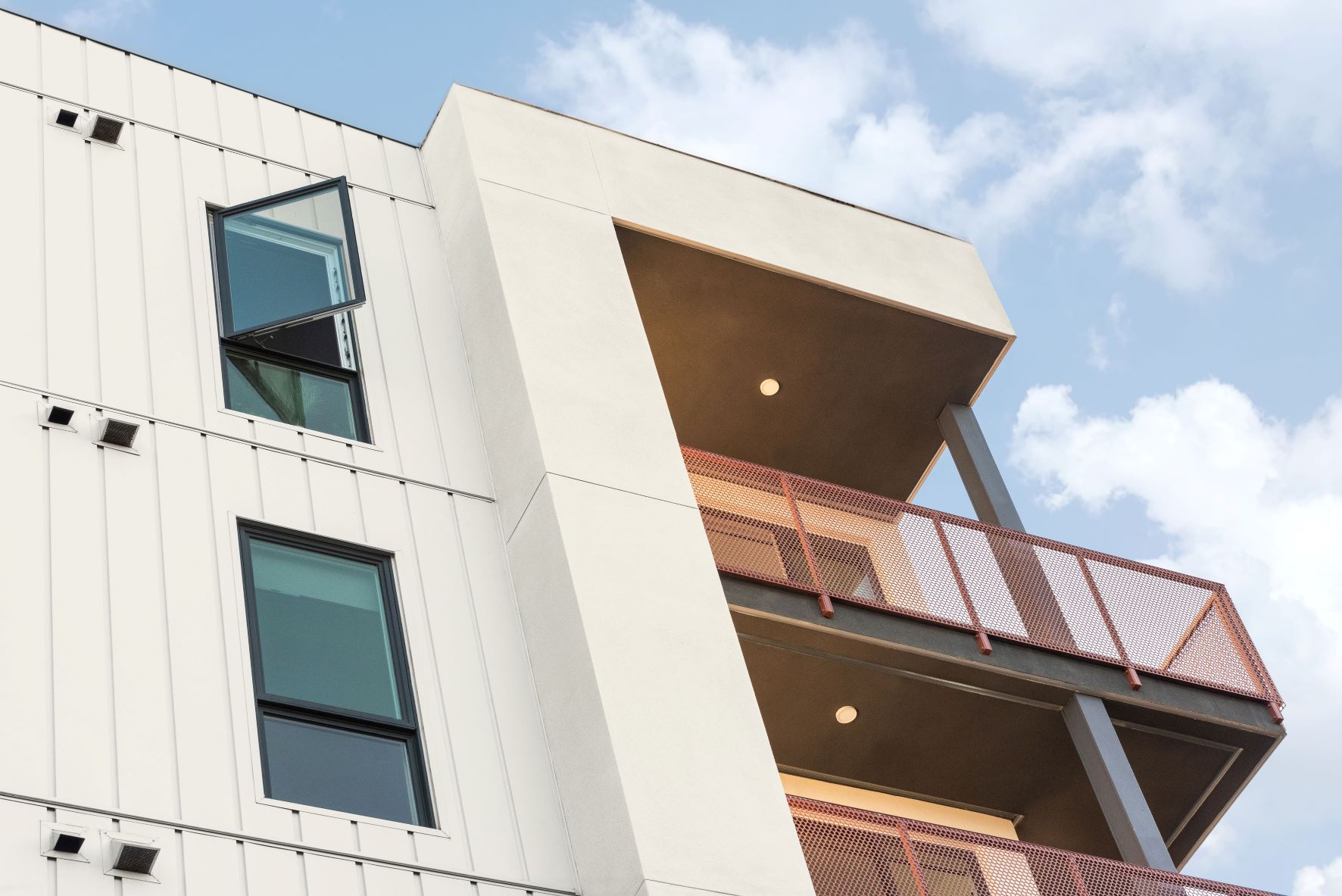
Exterior: Blank Canvas DC-003
Generation X (1965-1980)
An industrious, self-reliant, non-conformist cohort, Generation X — a.k.a. the “MTV G” — is both well-educated and street-smart. As a result of this independent, ambitious spirit, Gen X is creating a legacy that spans the worlds of high tech, digital, business, sports, creative, fashion, food and cooking, entertainment and more. While some sectors of Gen X still hope to become owners, others have spent years remodeling and maintaining their modest homes with plans to take that equity and upgrade. And keep in mind that many Gen X homeowners are preparing for empty nests as their older Gen Zs and younger Millennials take flight — giving them a prime opportunity to sell and use the proceeds to enjoy retirement as renters.
Why would they sell when renting is currently so costly? Well, they no longer need the space, don’t want to manage the upkeep and maintenance and they are tired of the suburbs. They want to move closer to a city and spend their retirement traveling, pursuing hobbies and spending time with friends. Hence — in the coming years — Gen X is likely to become a major player in the rental space. (Note: Gen X also holds nearly 30% of wealth in the U.S.)
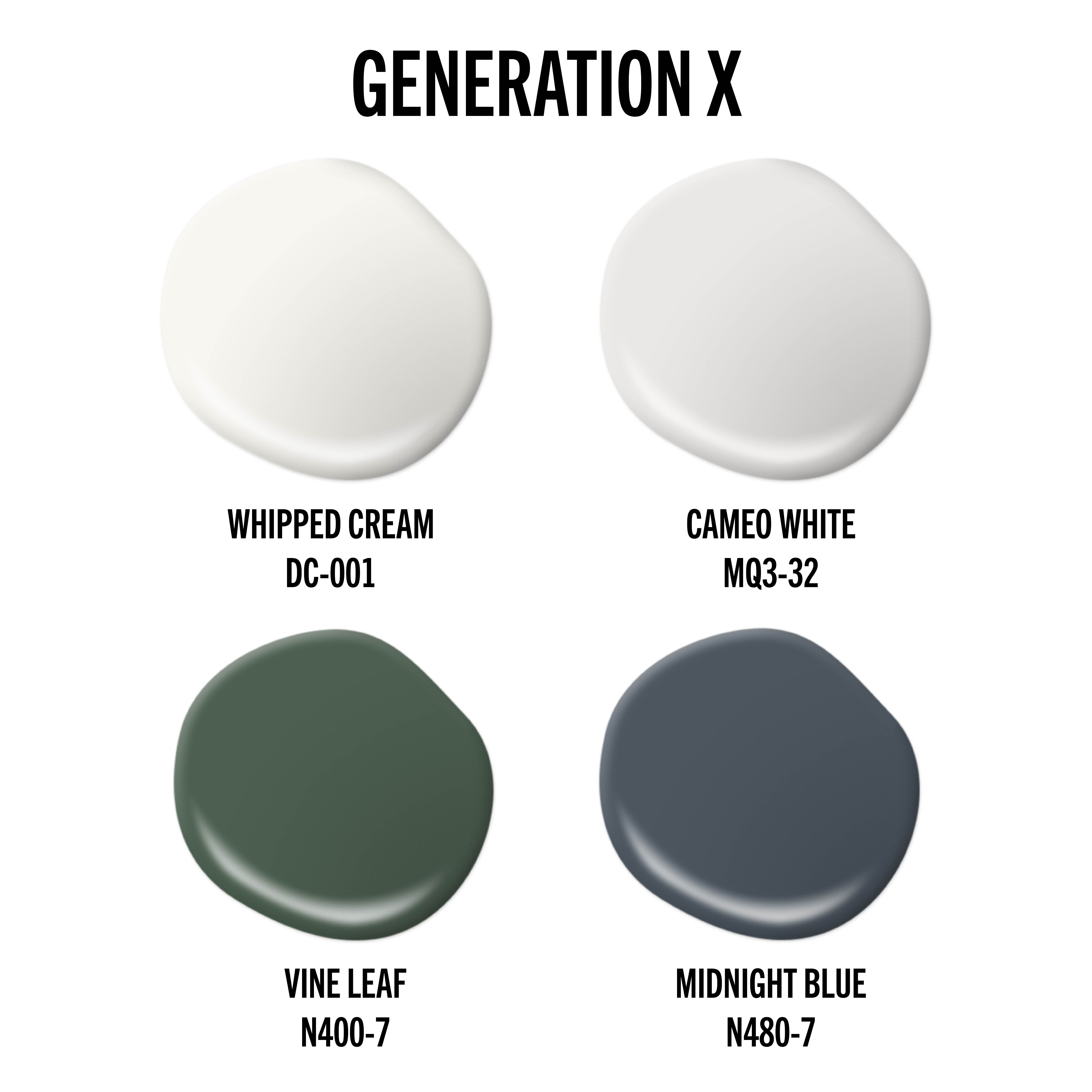
If this group had a signature color, it would be something akin to turquoise, a natural hue with a little kick. Gen Xers tend to be drawn to bright, exotic, global hues — jade greens, deep violets and indigos, dramatic reds and deep pink — and pair them with gray/silvers, pale mushroom and earthy neutrals. Consider coupling BEHR® DESIGNER COLLECTION color Whipped Cream DC-001 or Cameo White MQ3-32 – both cool whites – with accents of a bold and eye-catching color like Vine Leaf N400-7 or Midnight Blue N480-7.
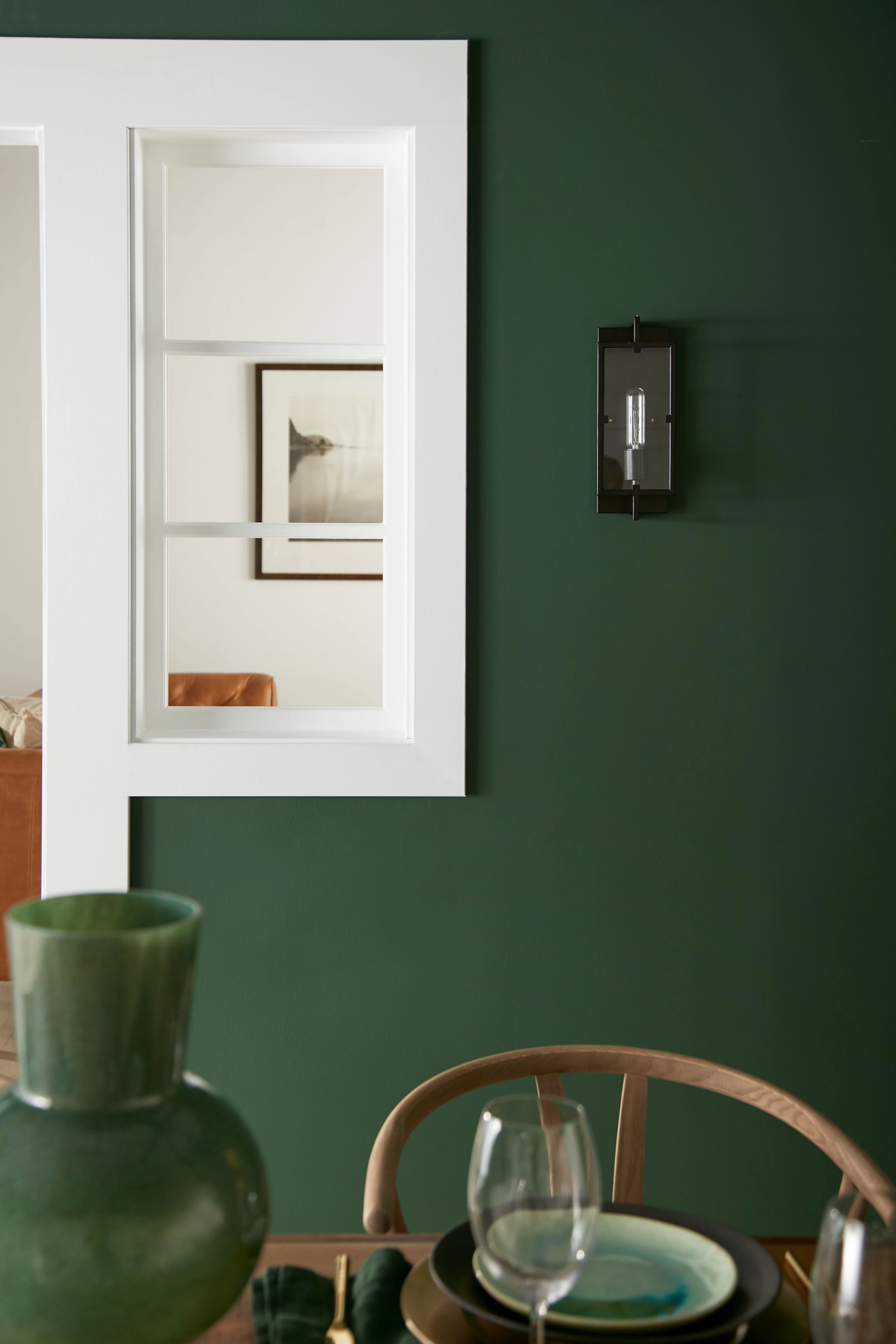
Wall: Vine Leaf N400-7
Baby Boomer Generation (1946-1964)
Born between 1945 and 1964, Baby Boomers do not define their lifestyles by their age. Rather, they have embraced technology via online shopping and social media, maintained a youthful demeanor and welcomed a rapidly evolving world — and they want their home’s colors to reflect that.
For Baby Boomers, the home is a tranquil retreat. Therefore, as they age, they lean toward softer, more soothing colors that are restorative and rejuvenating. Hues that resonate with Baby Boomers include the entire spectrum of blues like Superior Blue S490-7, paired with warm whites and yellows and deep browns like Sturdy Brown MQ2-48. While they like “classic” palettes that include darker blues, maroons, plums and deep reds paired with grays, they may also enjoy a more modern look, such as a mid-tone teal or green-brown with pale neutrals that reflect the colors around them.
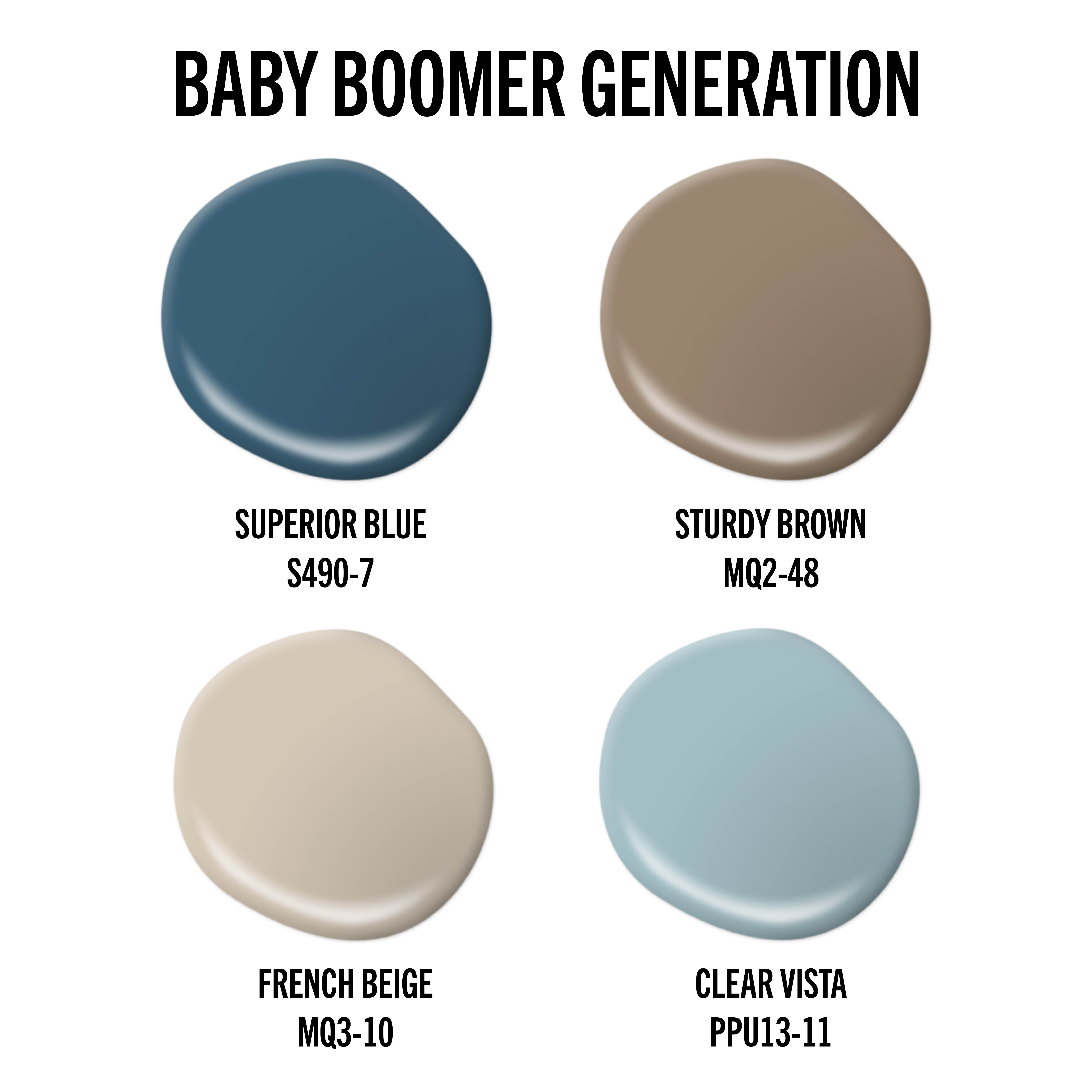
So why do Baby Boomers love beige, blue, and all those muted neutrals so much? It’s a matter of color psychology — how diverse colors can affect our moods and feelings. For example, beiges like French Beige MQ3-10 are a calming, stable and conservative hue, while blues like Clear Vista PPU13-11 communicate honesty and loyalty.
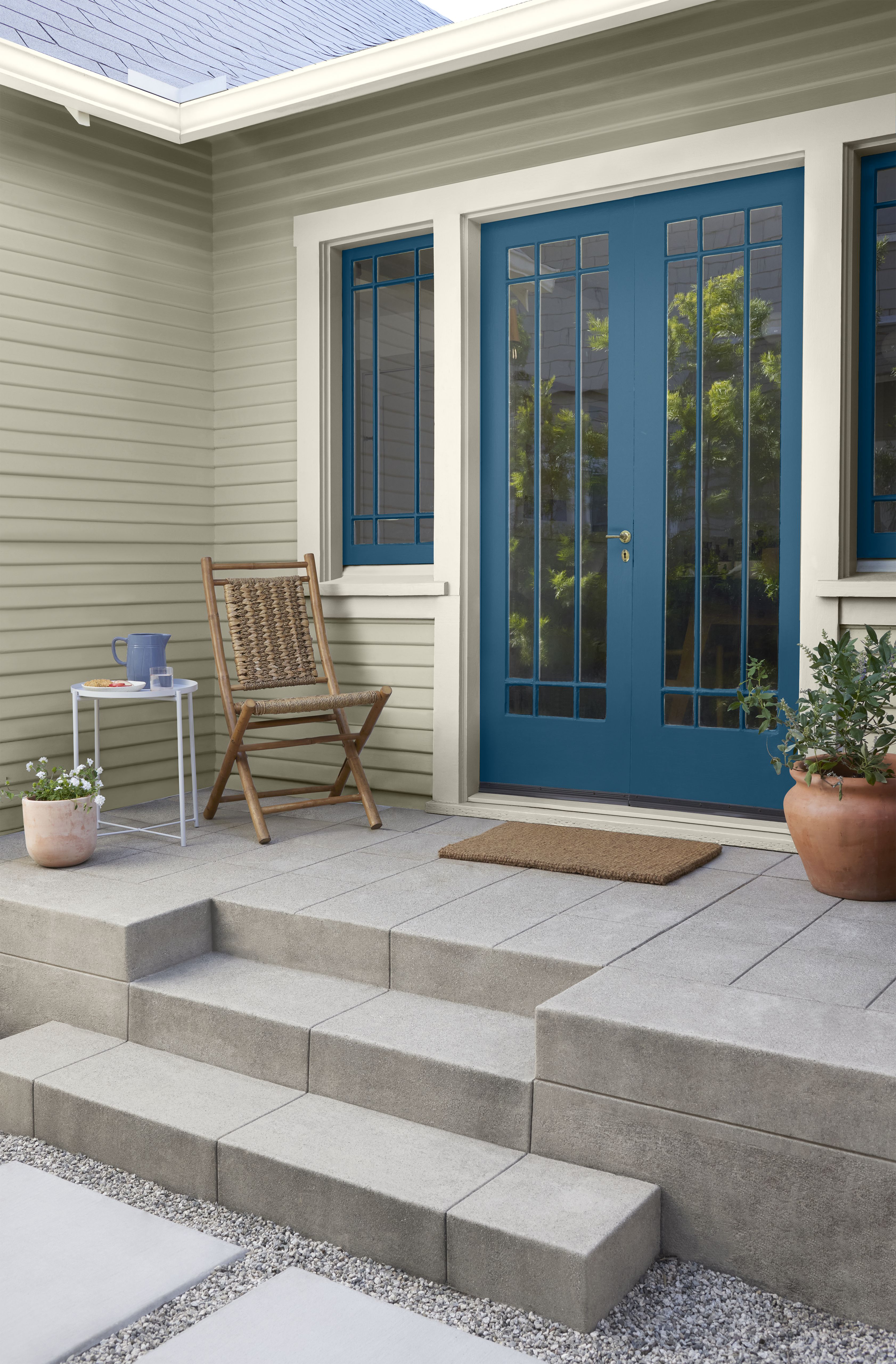
Front Door: Superior Blue S490-7
Silent Generation (1927-1945)
The Silent Generation, also known as the Traditionalists, represents more than simply being the eldest. These tough-as-nails, no-nonsense golden-agers may be ready to downsize to multi-family housing, but they don’t require assisted living. In fact, while most have retired, Traditionalists prefer to stay busy and are finding gratification in being active in the workforce — at least part-time.
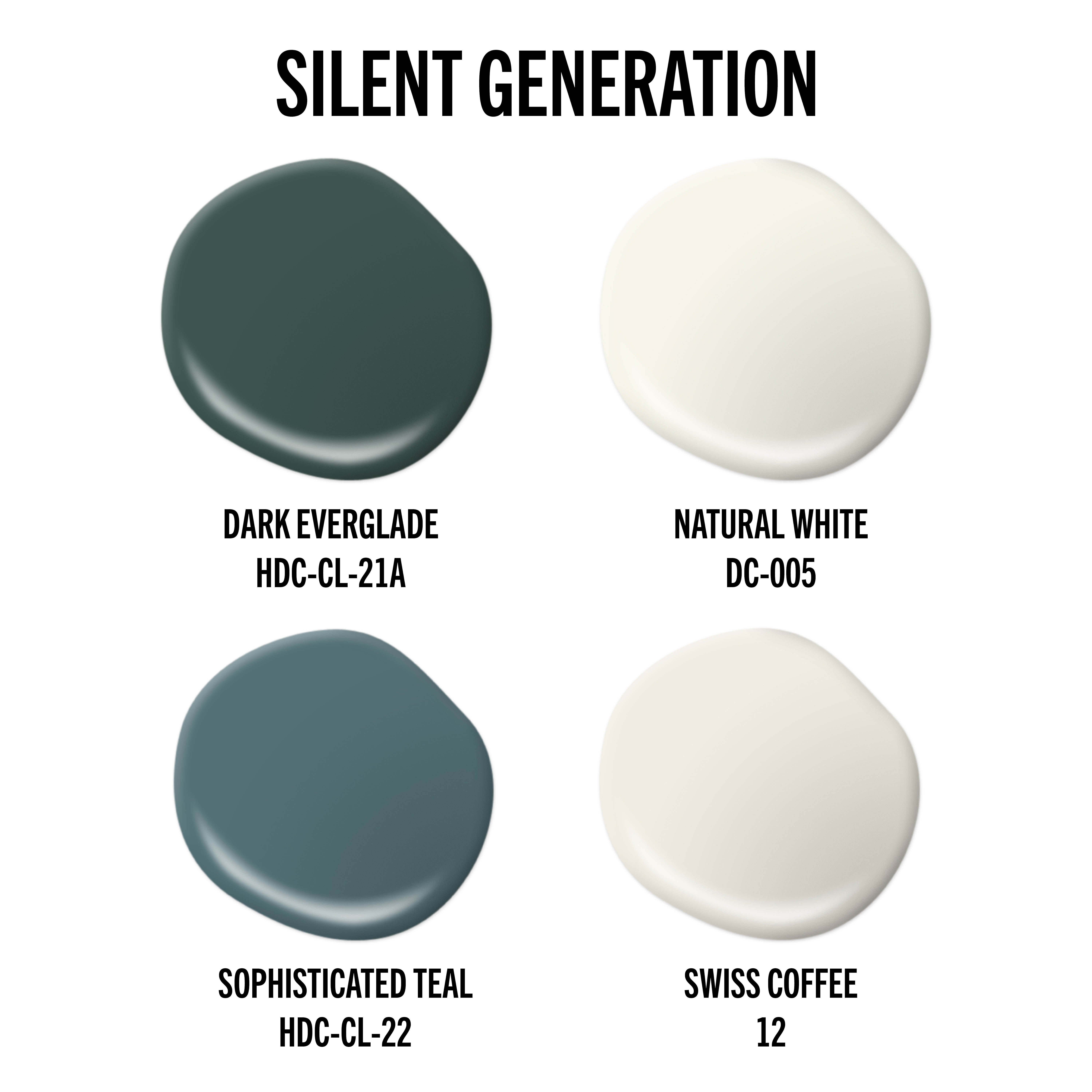
To meet the needs of this faction, employ colors that are practical, cheerful and relaxing. A good bet is using traditional, grounded hues that are casual with a touch of elegance. Avoid shade combinations with murky yellows, browns and greens. Instead, keep things fresh with clear, mid-tone blues, jade greens and browns; refreshing pastel yellows and pinks; and soft, welcoming whites. We love pairing Dark Everglade HDC-CL-21A — an exotic jade green — with the creamy Natural White DC-005 for a complementary look. Another great pairing is the poised Sophisticated Teal HDC-CL-22 with the creamy Swiss Coffee 12.
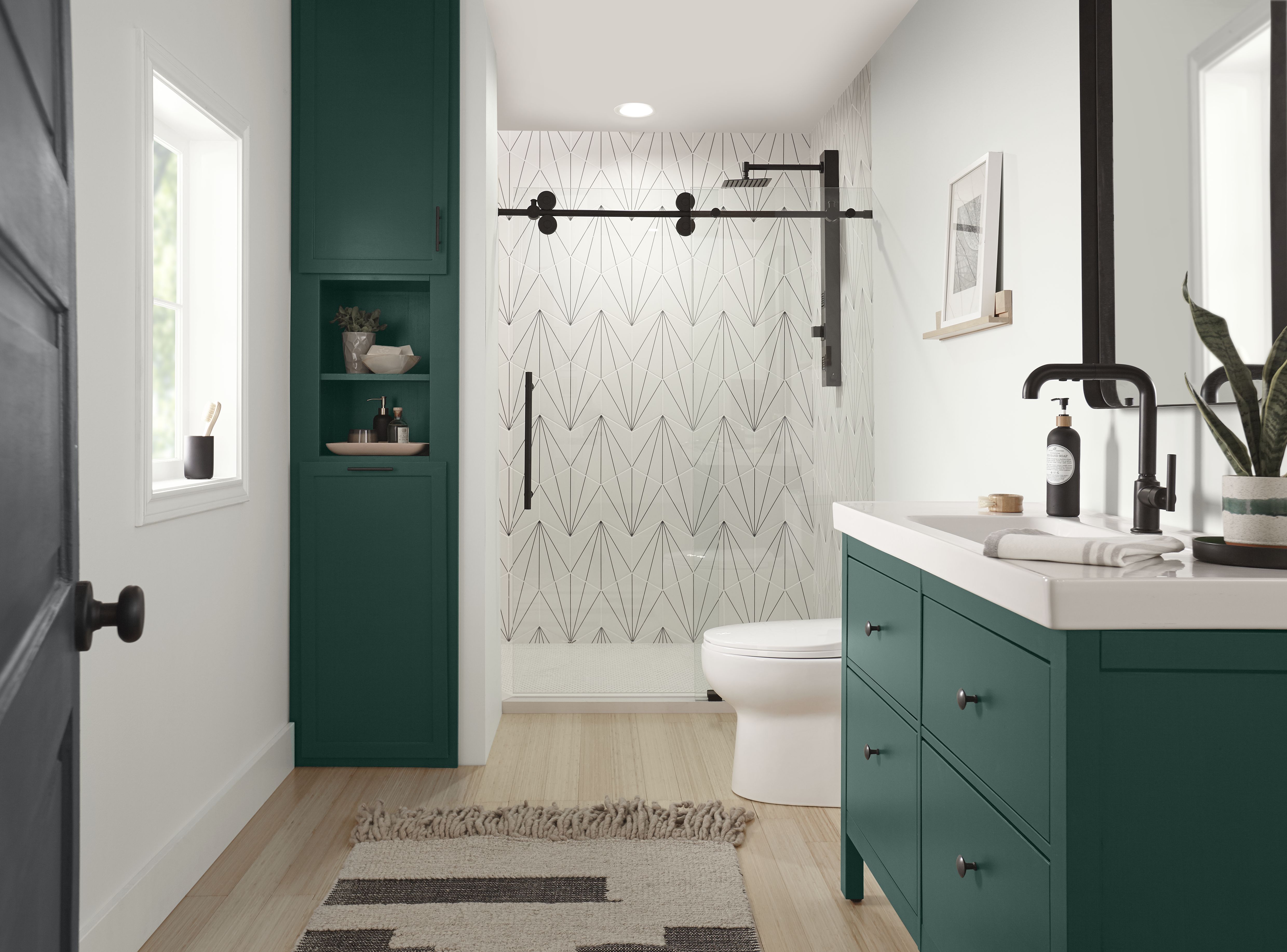
Accent Wall & Vanity: Dark Everglade HDC-CL-21A
One last point: Color can have a significant impact on moods and emotions. Here are some of the most popular colors used in senior, multi-family communities and their psychological benefits:
- Green — Lush, forestry greens promote healing, relaxation and serenity.
- Blue — Oceanic blues create an atmosphere that is relaxing, calming and peaceful.
- White — While pure whites feel clean and fresh, off-whites foster feelings of calm and coziness.
- Yellow — Yellow is often associated with sunshine and happiness, producing a sense of cheerfulness and optimism.
- Red — Red is a stimulating color representing strength and awareness. It’s best used in kitchen and dining areas.
- Brown — Earthy, mid- to deep-tone shades of brown are grounding and stimulate feelings of balance and safety.
With older populations enjoying longer lives and new generations ready to take on the world, the multi-family rental market will continue its dynamic pace. At the same time, property managers and owners should consider how to adapt the new view of creating cohesive, age-connected communities in which tenants find the sense of home they’ve been seeking. And, for the moment, all it might take is a splash or two of color!


